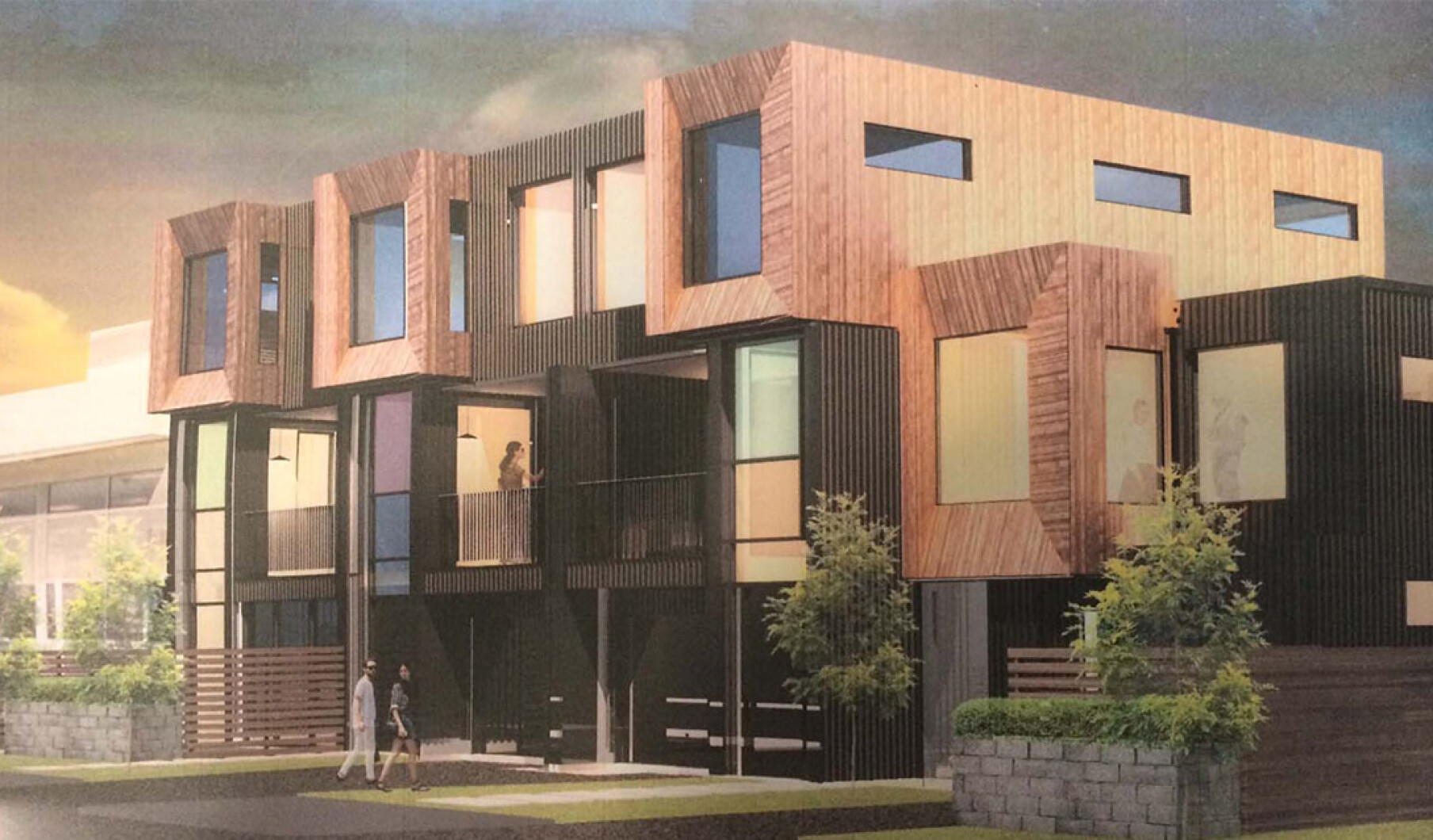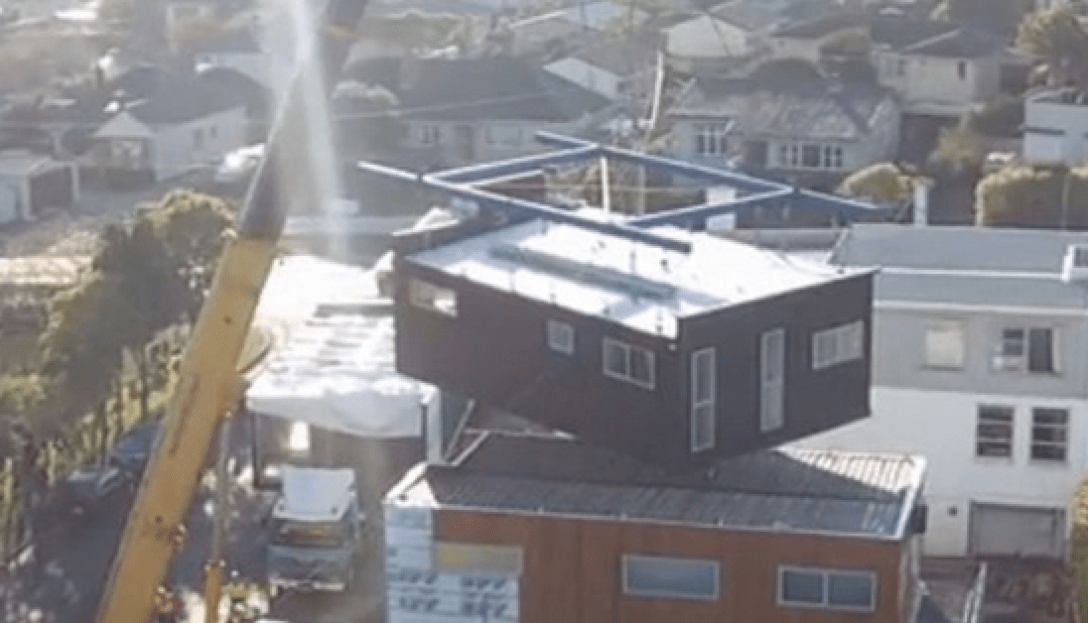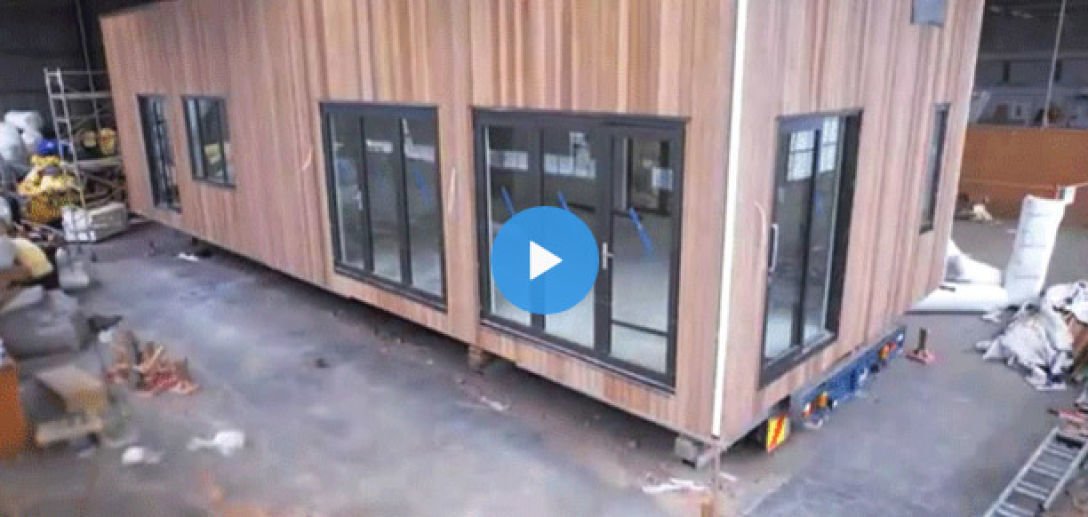Prefabs to fix NZ housing crisis
Rollforming Services and Speedfloor Limited NZ customer ABT utilises our lightweight Steel Joist System to create prefabricated homes. See the article below from the New Zealand Herald 21st March 2016.

Producers point to speed, quality and cost advantages but others say Kiwis too wedded to building bespoke.
Could prefabricated homes really be the answer to Auckland's affordable housing crisis?
The answer seems to be that the idea of complete buildings arriving on-site is great in theory and has kept housing costs down overseas, but so far New Zealanders are yet to widely embrace it, meaning it accounts for only a tiny fraction of the market.
As a result, the vast majority of new Auckland houses are not prefab but take laborious months or years to build, meaning our response to the city’s desperate need for more houses is pitifully slow.
We buy mass-assembled cars and furniture and factory-produced clothing and shoes, but when it comes to houses, we still prefer bespoke products, and the mass housing estates of North America are yet to hit here.
One of New Zealand’s biggest house builders, Christchurch-based Mike Greer, is out to change all that. By the end of this year, he hopes to have a new house-building factory up and running at Pokeno, south of Auckland, and expects that to produce 1400 places annually.
“We’re nearly there in Auckland. We’ll start building in the next two months. Prefabricated construction will make a big difference. We can build houses … in 10 weeks, half the time of traditional on-site construction,” Mr Greer said.
At Rolleston, his first house-building factory is already turning out 12 houses a week. Relatively compact houses of 130sq m are being sold for a competitive $210,000. The Rolleston Concision business is a joint venture with Spanbuild, and Weinmann specialist German machinery is installed. The same is planned for Auckland, Mr Greer says.
In another “factory of dreams” scenario, ABT (Adaptive Building Technology) Construction is already well advanced, using its prefab Lego-style system on projects across the Super City. ABT’s lightning-fast four- to six-week assembly timeframe results in places being built on castors, pushed off the Auckland factory floor and sped across the city on 14m-long trucks, then lifted by crane on to sites. Just a few weeks later, those places are ready to be lived in.
ABT is now finishing a 12-residence scheme at 147 Albany Highway where William Carter, ABT’s sales and systems general manager, expects prices to start at $800,000 and where he said nine places were already sold.
At 195 Khyber Pass Rd in Grafton, ABT plans to develop 25 residences and up to 15 terraced residences, and 40 apartments are planned on a St Lukes Rd site.
In fact, ABT is so busy that Carter would prefer to keep a low profile.
“We’ve backed away from pushing ourselves because we have enough work to keep us going for the next two years,” Carter said.
Pamela Bell, chief executive of PrefabNZ whose members include architects, manufacturers and builders, said a survey last year of Master Builders and Certified Builders members resulted in 60 detailed responses anticipating increased use of the prefabricated building components and pods or rooms on sites for the next year.
She also cited a Building Research Association of NZ document from 2014 which estimated only about 25 per cent of all consented building that year involved prefabricated parts. That included pre-nailed frames and trusses, and pods (components of housing such as an extra room) as well as pre-built complete houses.
PrefabNZ aims to double the use of prefabricated units and components, citing advantages including quality, time and cost savings, as well as factory-controlled environments resulting in better building outcomes.
Up to 15 per cent of total construction costs can be reduced using prefabricated material, the organisation says. That can amount to a $32,000 saving on a 157sq m house, she said.
But Ms Bell also acknowledges that only about 7000 new dwellings out of the 27,745 consented in the year to February 2016 would have a substantial portion of prefabricated components and only a few hundred fully finished prefabricated residences are being built nationally.
Grant Florence, chief executive of Certified Builders, doubts prefabs will make much of a dent in the market.
“I don’t see prefabs becoming big. To establish an efficient prefabrication operation, you need volume and size but we don’t build enough houses in New Zealand for that. There’s resistance from the consumer … aligning prefabs with schools and thinking of them as lower quality. Prefabs come with limited choice as well. Most people build with a good certified builder.”
Not all is well in prefab land. Last year, one of New Zealand’s largest off-site residential manufacturers, working in Auckland’s Special Housing Areas, went into receivership. eHome NZ, with a factory in Kumeu’s Access Rd, was capable of putting up a house in eight hours. By last February, the receivers cut 42 staff, leaving about 58 people working for the builder.
Construction is also only part of the total cost. The Productivity Commission identified land costs as a big affordability component, at around 60 per cent of the cost of a new dwelling in Auckland, compared with 40 per cent in the rest of New Zealand.
Mr Greer agrees. “I’ve just been looking at sections in Kumeu for $450,000 and they’re 400sq m,” he says. “Land is the big component.”
House materials pile on costs for Kiwis
Aucklanders pay 15 per cent to 20 per cent more for house building than Australians, but nationally our prices can be as much as 55 per cent higher.
Windows which cost $12,873 here are only a fraction of that in Australia at $5325 – although ours are double-glazed and theirs aren’t.
Frame hardware is much worse: equipment costing $2428 here only costs $344 across the Tasman, and pre-nailed framing, which costs $10,575 here, is only $7920. Plasterboard which would cost you $12,713 here would only cost $8973 in Australia.
Building costs have gone up 30 per cent in the nine years to 2011.
Because New Zealand has only two major building materials manufacturers – Fletcher Building and Carter Holt Harvey – questions have been raised about lack of competition in our market.
The Productivity Commission’s housing affordability inquiry, put out in March 2012, cited many reasons for our high house prices, not least the price of materials.
It did not expressly name the two businesses but referred to New Zealand’s small size as being one of the reasons for high prices.
“Materials account for around half of all residential construction costs,” the commission found.
“After adjusting for the exchange rate, a selection of ten common building materials cost 55 per cent more in New Zealand than they did in Australia.”
In 2013, Housing Minister Nick Smith and Commerce Minister Craig Foss announced initiatives to make building materials cheaper.
Dr Smith said at the time that building costs were too high and the industry needed a shake-up through increased competition and greater transparency.
Despite this initiative, building costs are estimated to be rising at around 10 per cent annually in New Zealand.
View the New Zealand Herald article - Home Truths: Prefabs - going flat out to fix crisis
Get in touch
We encourage you to furnish us with as much detail as possible.
That way we can assist you with the best solutions based on your requirements quickly.



